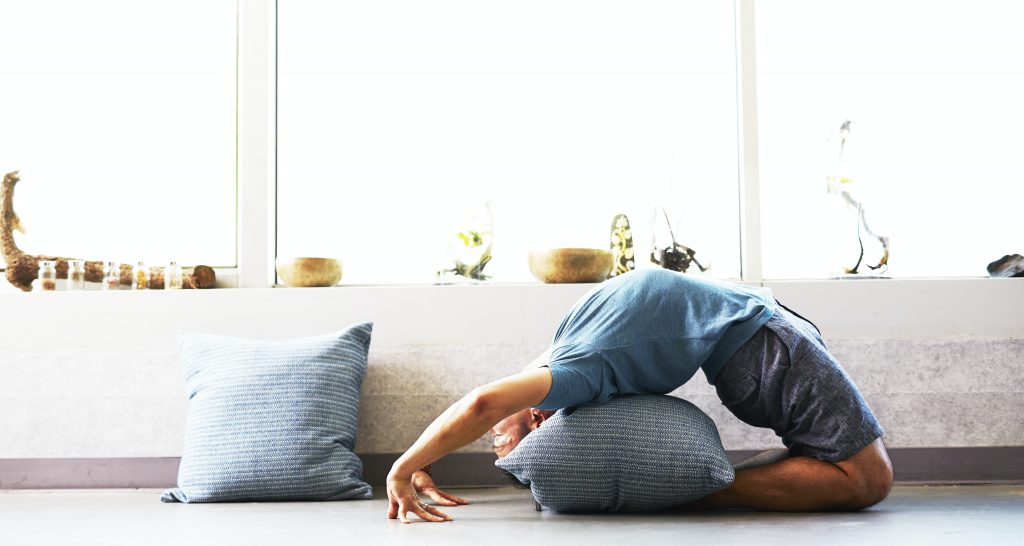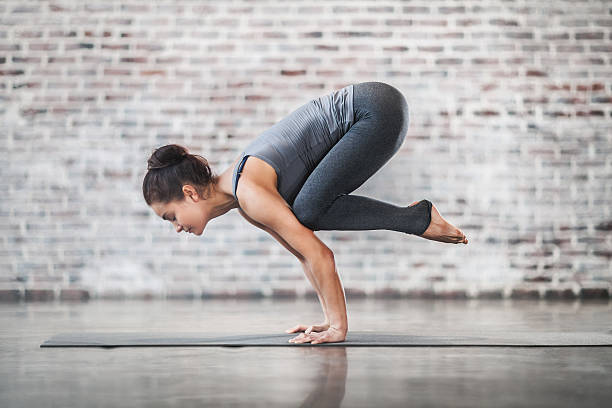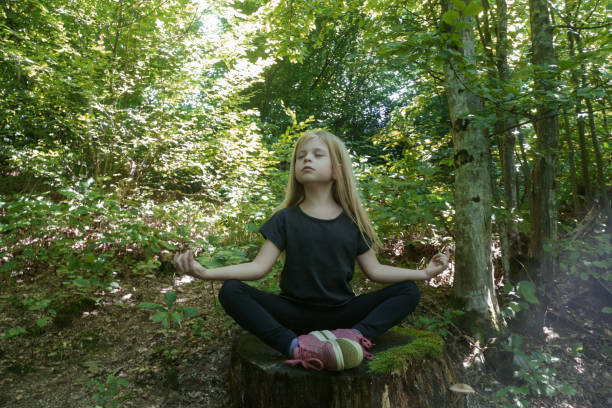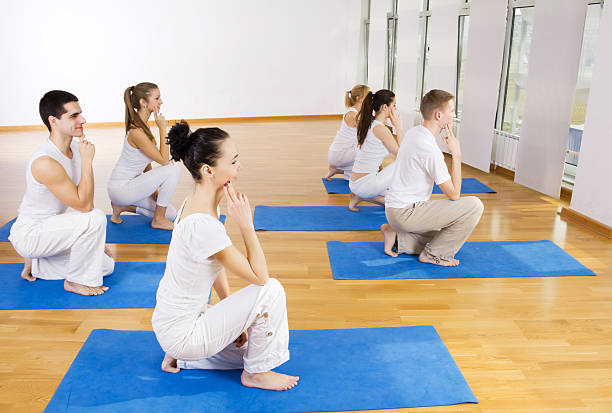
Yoga has changed, just like all things in life. As the world changes, so have our priorities and needs. This means that yoga practice must also adapt to these changing needs. We, as teachers and practitioners of yoga, must take a moment and reflect on what accessibility and inclusion mean to us and how it impacts our lives as students and instructors.
Definition of accessibility and inclusion
The yoga world has seen accessibility and inclusion gain importance over the past few years. This is a great joy for many. These are the definitions of accessibility and inclusion, according to the dictionary.
1b -easy to talk to or deal
2 -capable of being used or seen: AVAILABLE
3 -capable of being understood or appreciated
4 -capable influencing? OPEN
5 -easily accessed or used by people with disabilities _: adapted to people with disabilities
1b: covering all items, costs, or services
2 – including everyone and . Allowing and accommodating people who were previously excluded (due to their race, gender, or ability).
3:of/relating to education in that students with disabilities are included alongside the general student population
4: including the mentioned limits or extremes-used postpositively
Diving deeper
It’s helpful to define accessibility and inclusion, but there are many other things to think about when discussing what accessible and inclusive yoga could look like.
Even today, the number of people who attend yoga classes, workshops, and retreats is relatively homogeneous. This is due to the inaccessibility and needs for inclusion in the yoga industry.
You may wonder why more people aren’t coming to your yoga classes. This is a quick overview of what you should do to make sure you can genuinely welcome more BIPOC and disabled people to your yoga classes and spaces.
Cueing and inclusive language
When we start thinking about inclusivity, one of the first things we can do is pay more attention to the language we use in our interactions with students. This applies to both before and after class. This includes how we use words to guide and support students’ practice, cue transitions, and how to hold space. To keep your students, be mindful of what and how you speak.
Yoga that is trauma-informed and resilience-focused
As yoga teachers, we aren’t usually the ones that handle diagnosing or treating any student’s mental or physical condition. It is helpful to know more about trauma. This affects all of us and is where many of our ‘issues’ originate.
Many people arrive at yoga hoping to find a way to improve their lives. Many people show up “raw,” looking for support and a place to grow and heal. Trauma-informed support can help us better support students, connect with them, and build resilience as we work through our challenges.
Learning more about trauma training is worthwhile if you are not already. You can find many excellent and thorough internships that will provide you with the tools to benefit your students and community. Please refer to the reference list at the bottom of this article for more information.
Accessibility and Yogic philosophy
People often say that yoga is difficult because they think or feel it is impossible. They might say, “Because I can’t touch my feet, I can’t do yoga .” They can still practice yoga, even though they may believe it to be true. Consider that just touching your toes, or any other type of shape, is only one layer in a multifaceted practice.
People unable to practice yoga due to physical limitations may find it difficult to enjoy the benefits of yoga. We should stop and think about whether we have any ableism to help them learn. It is possible to make yoga more accessible by looking beyond the asana practice and diving into philosophy and other aspects that tap our energetic bodies. It lets you let go of the idea that yoga is only about movement and postures. Pranayama, meditation, and chakra work can all be transformative. It’s as ‘yogic” as being in Downward Facing dog.
Asana adaptation
There are many styles and yogic practices available when it comes to asana. Hatha, Restorative, Chair yoga, Iyengar, and even Vinyasa yoga are fairly easily modified. For example, more structured practices like Ashtanga yoga (e.g., Ashtanga may seem more challenging to learn, but many teachers have succeeded in making it more accessible.
You can add accessibility to any class by bringing props such as blocks, straps, and straps. It is essential to show support and offer modifications and variations to make the practice more accessible. Students often take their approach off the mat when they feel more empowered and independent. This is when transformation begins …!
Accessible, inclusive offerings
Access does not only mean physical access. It also includes financial access. Many yoga studios charge prohibitive membership fees. Another factor is the inequity and lack of inclusion in yoga and wellness spaces. Start looking into ways to provide pricing options or scholarships if you want to be accessible.
Accessible, inclusive spaces
Both physical and virtual spaces have their benefits and disadvantages. Again, ask your community what they need. Before inviting your group, check for physical barriers such as steps and doorframes if you teach adaptive athletes in a physical space.
Serve your community
Although it might seem inclusive to say that all classes are open to everyone, this is not the case. We can shift the focus from yoga teachers and leaders to the communities we are interested in serving.
Also, we must stop focusing on the asana and ignore the other layers of yoga in performative practices. It is essential to create space and accessibility for yoga that supports the students’ goals and journeys.


